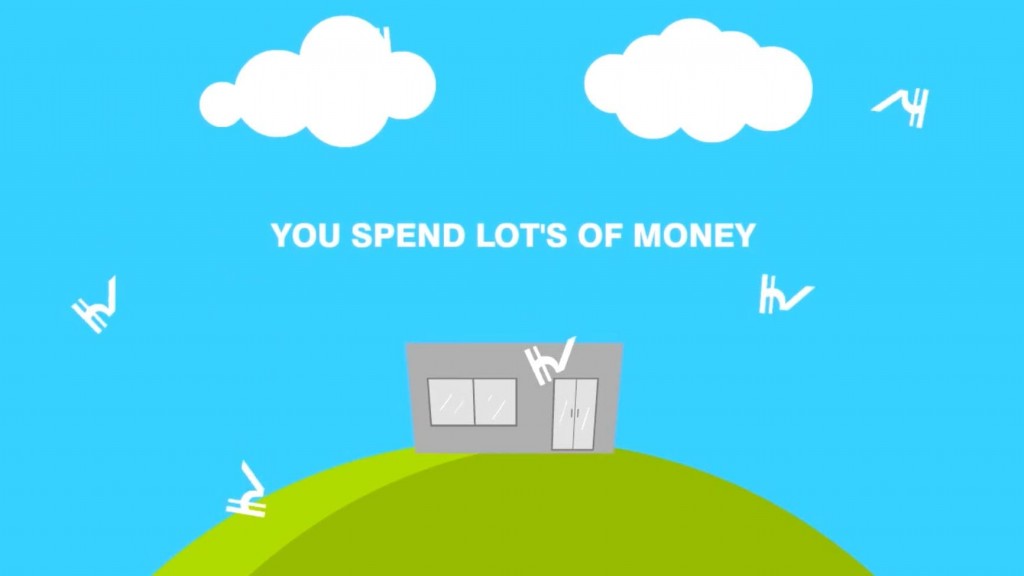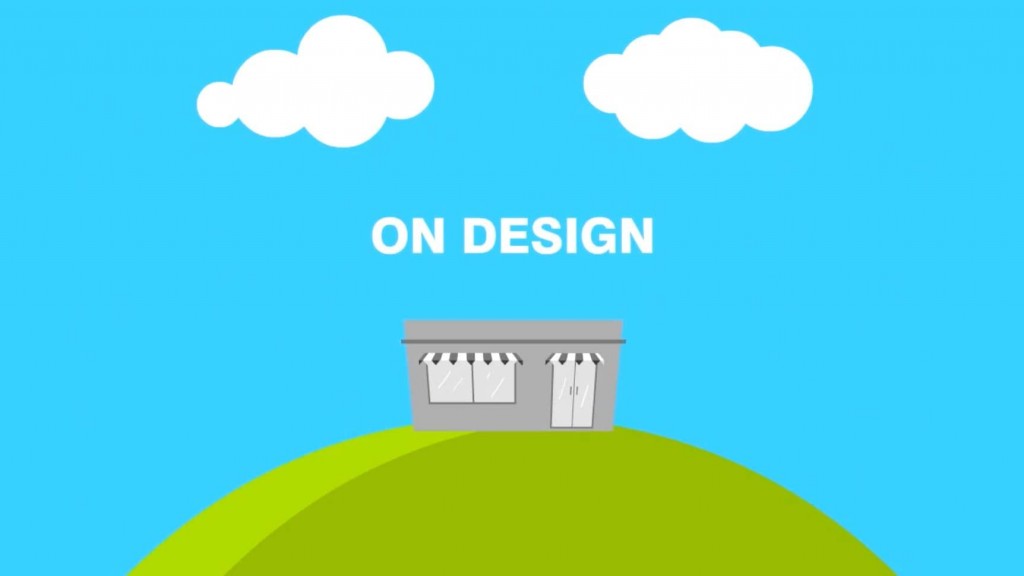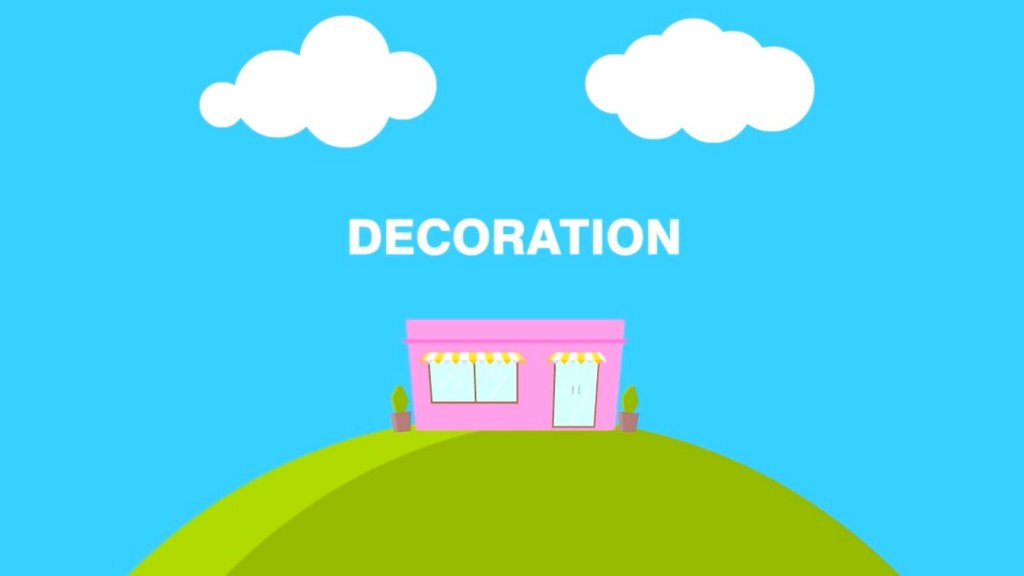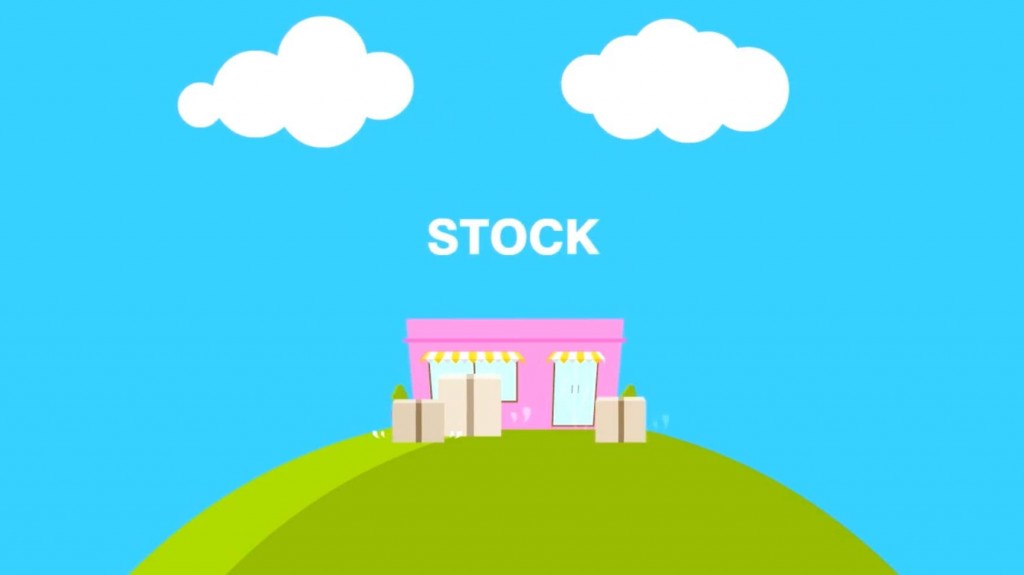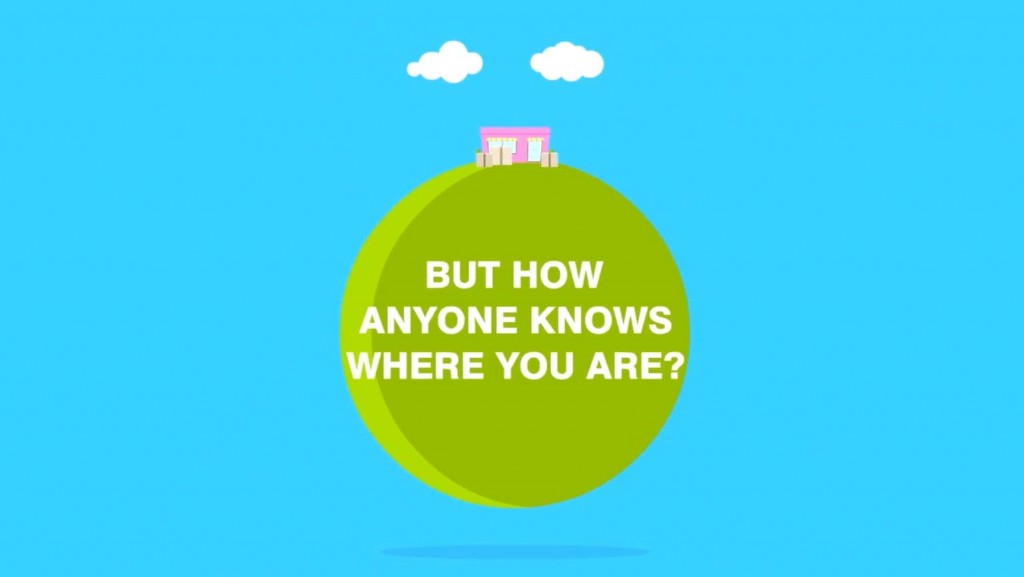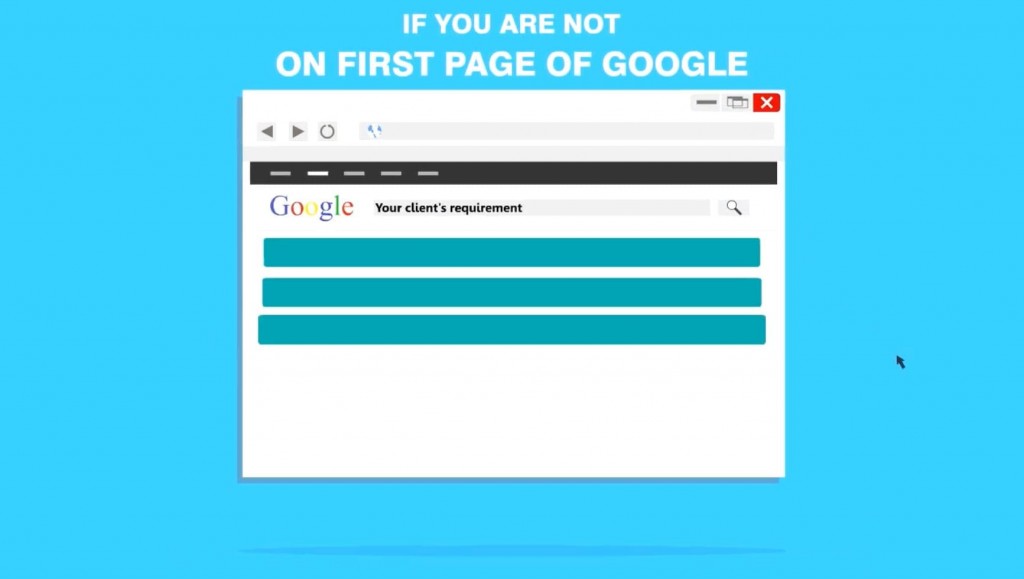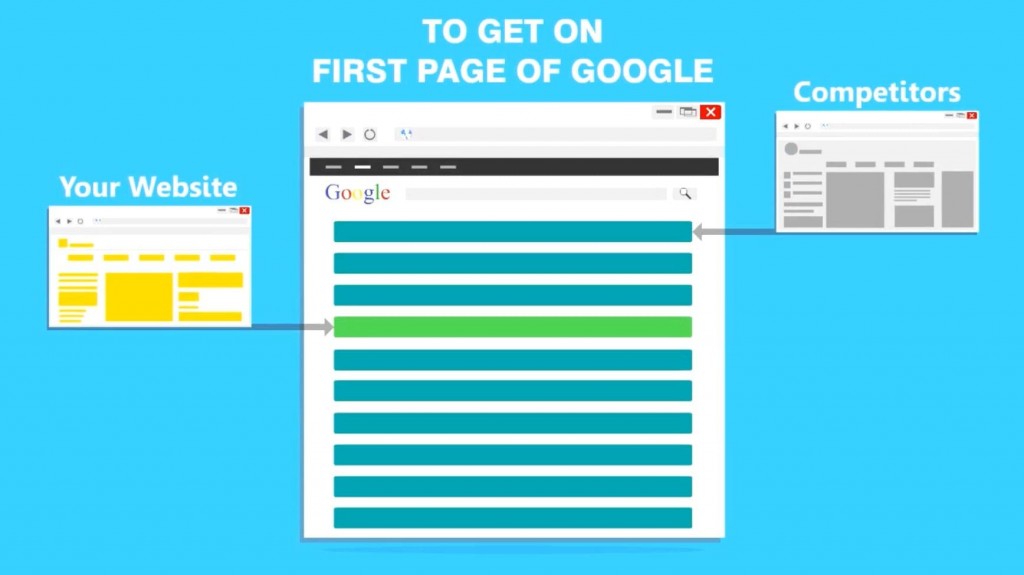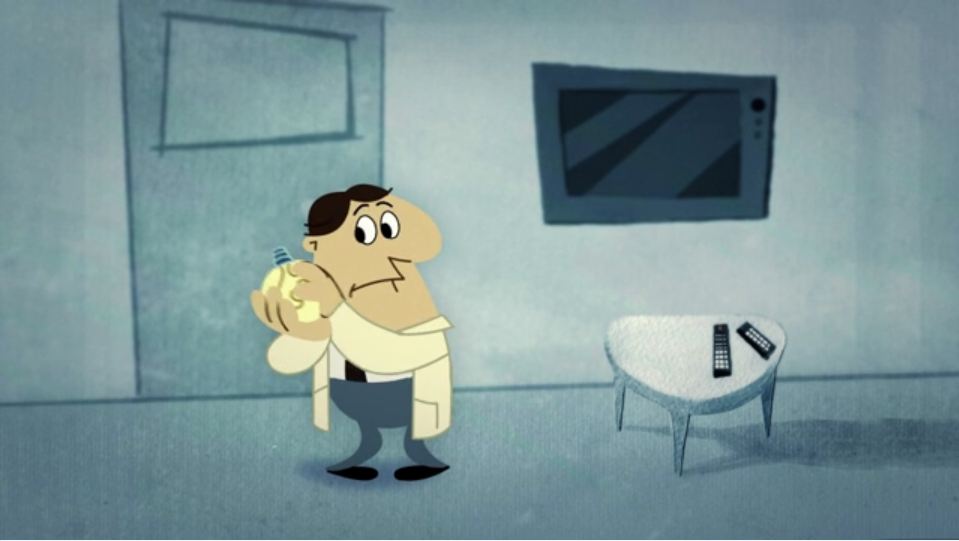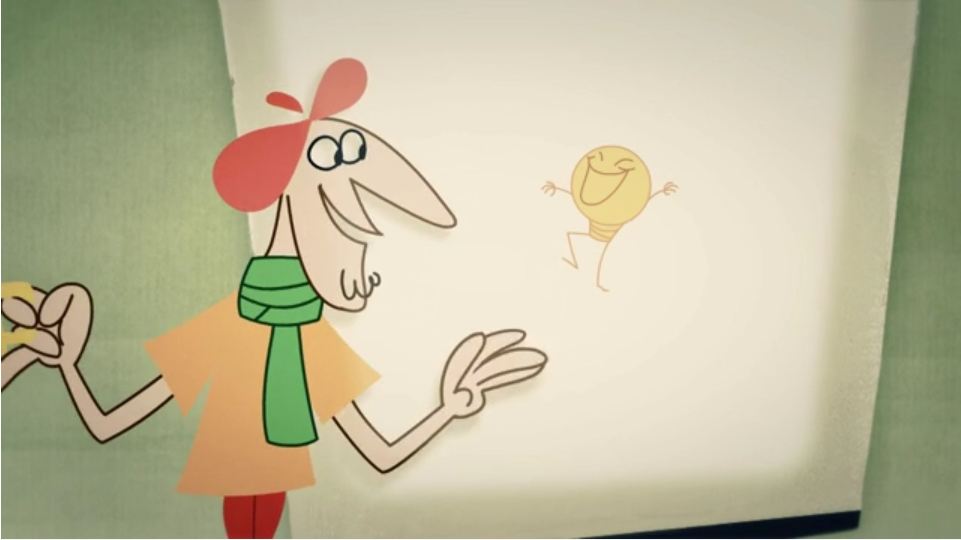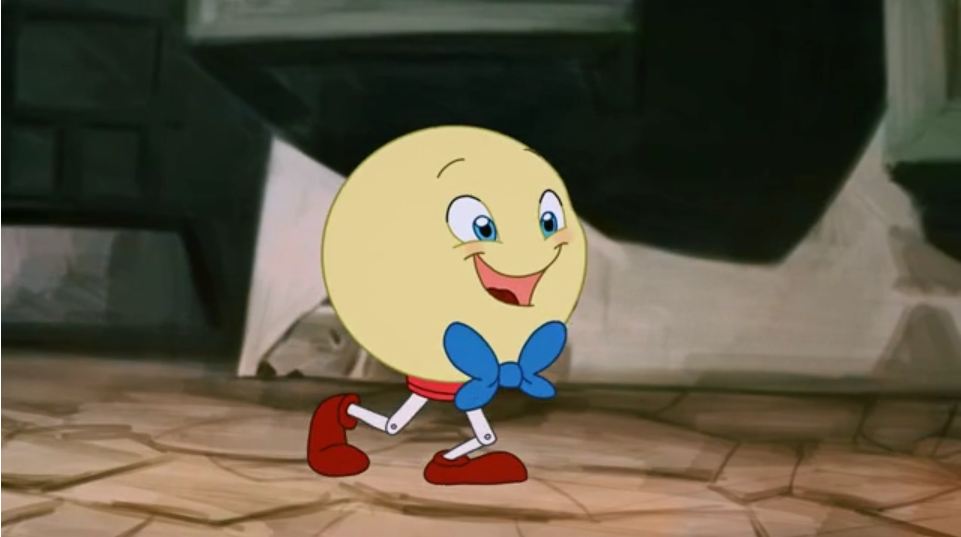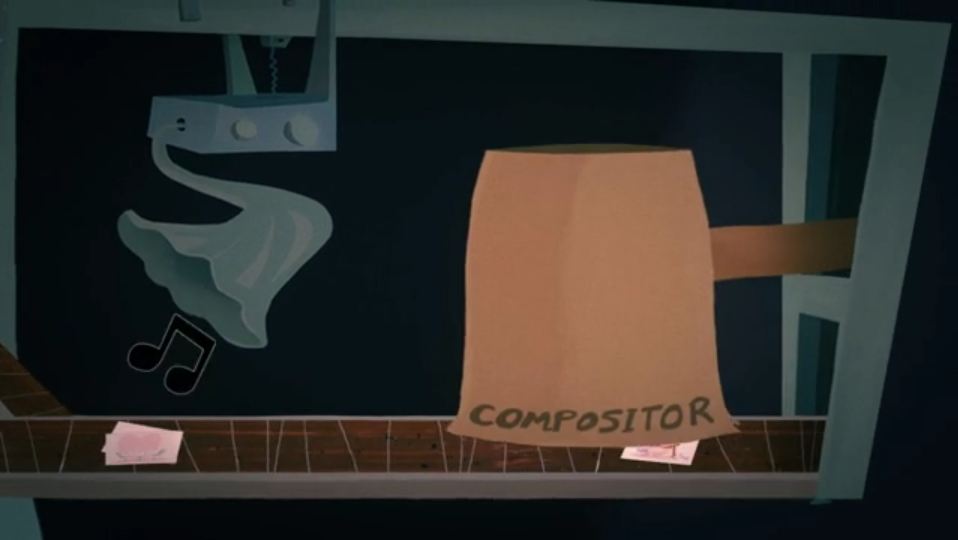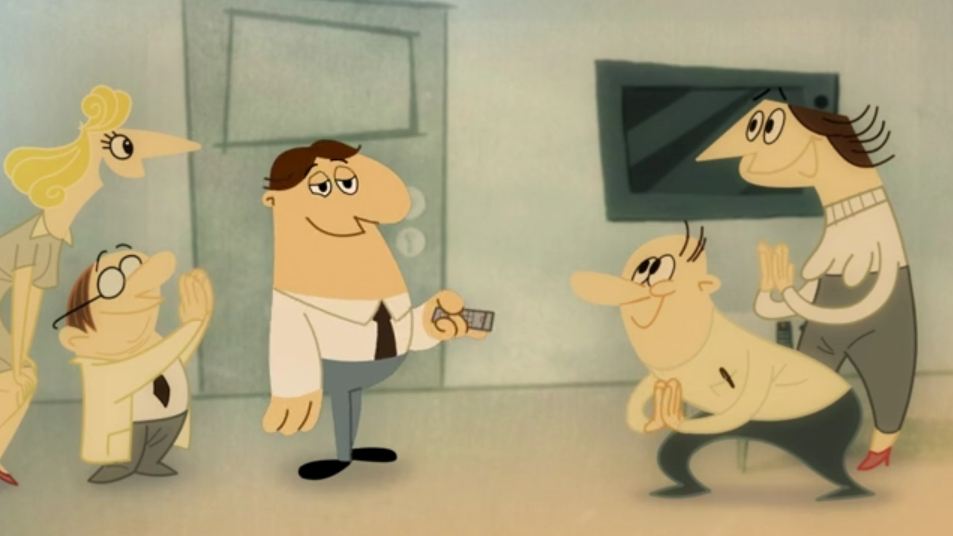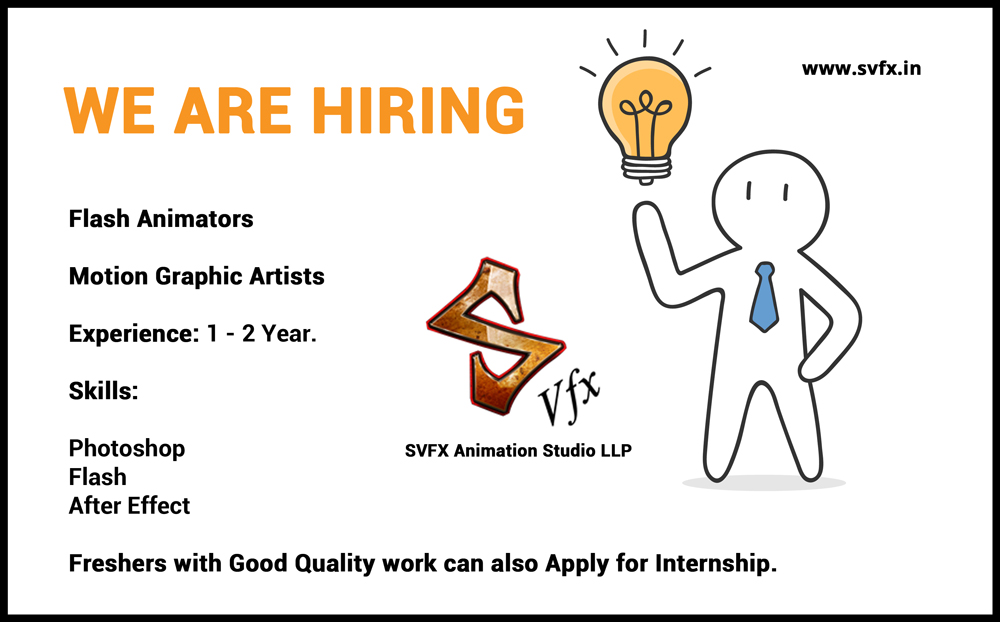
Flash Animators Motion Graphic Artists SVFX Animation Studio Pune
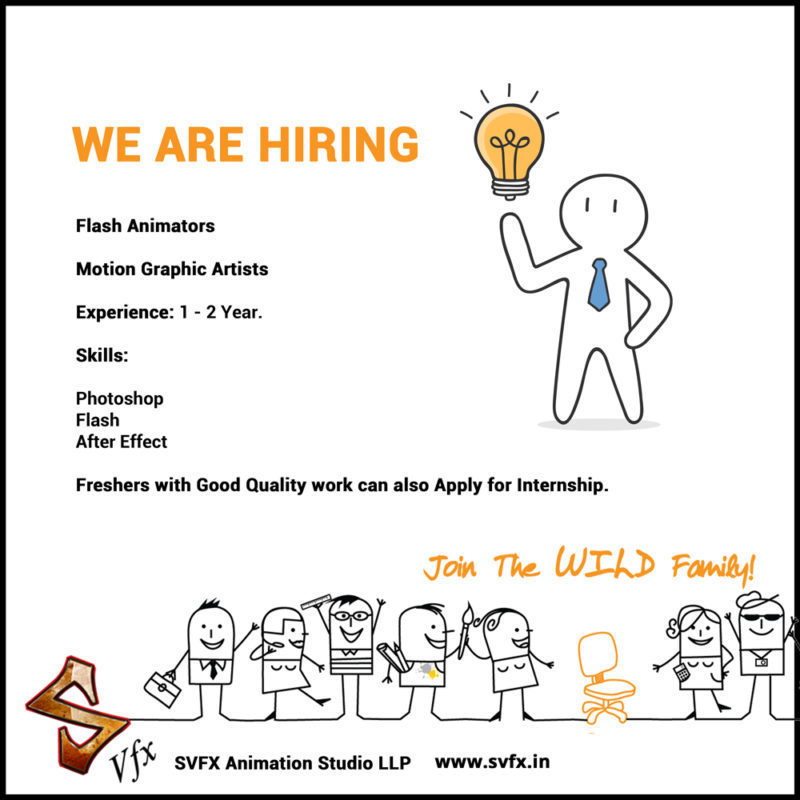
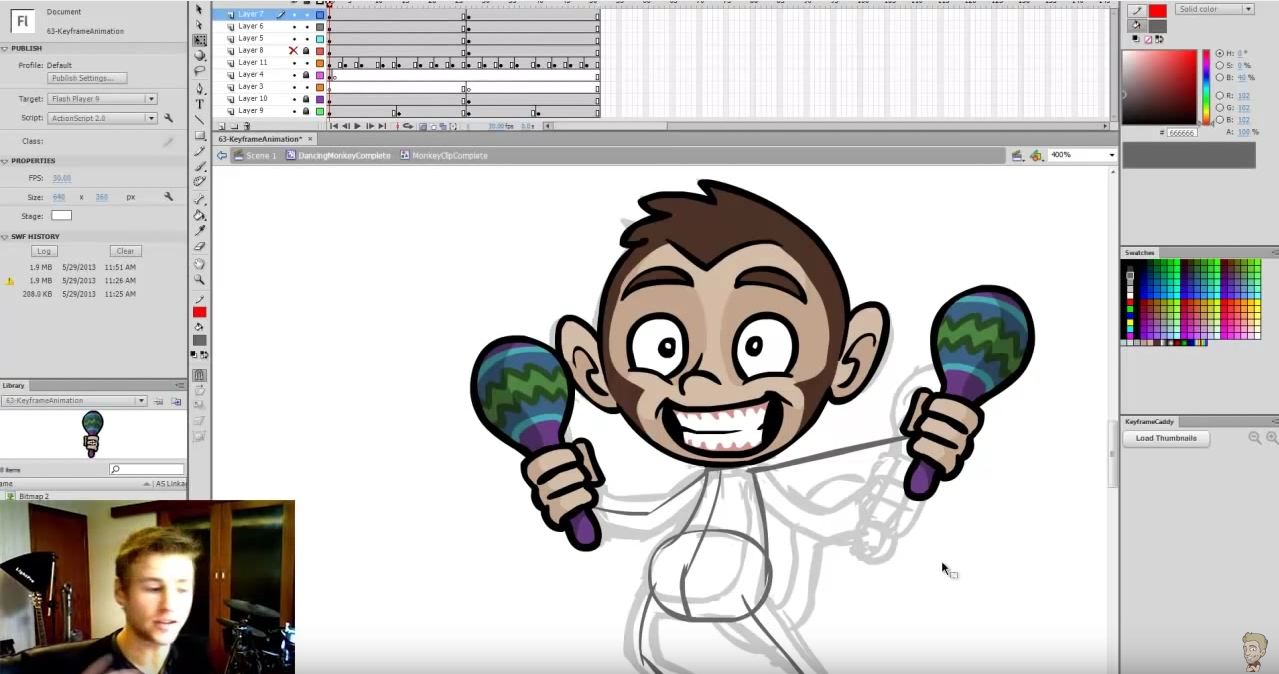
Key frame Animation flash free Tutorial
Key frame Animation flash free Tutorial
Key frame Animation flash free Tutorial
Happy Diwali
Happy Diwali
#happydiwali
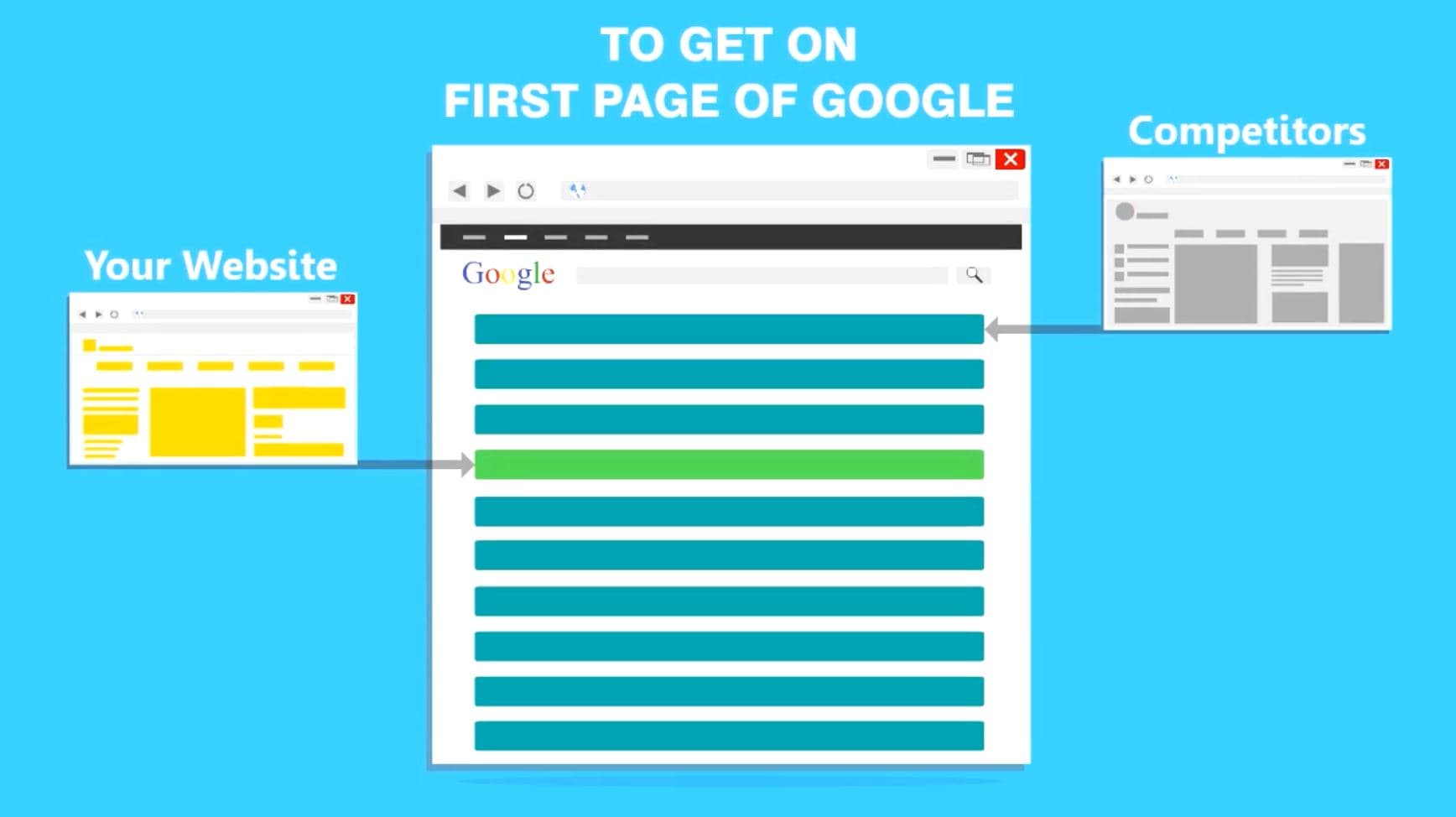
How to get on first page of google
#searchengineoptimization
imagine your business as a shop, you spend lots of money on design, decoration, stock.
But how anyone knows where you are ?
if you are not on first page of google then let us help you to get on first page of google.
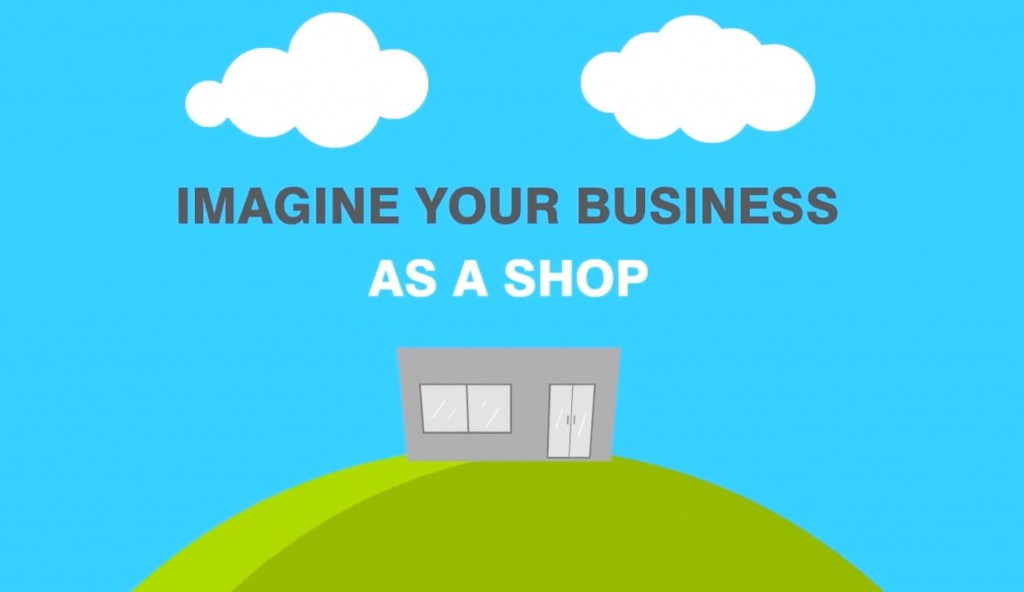
For More Details visit out website : www.svfx.in
Follow us on:
Facebook : https://www.facebook.com/svfx.in
Google + : https://plus.google.com/+SvfxInpune
Youtube : https://www.youtube.com/channel/UCICB…
Twitter : https://twitter.com/svfxanimation
How to get on first page of google
What is SEO?
SEO is the process of improving the organic ranking of a website with leading search engines. Professional SEO firms like SVFX will help to improve search engine rankings for their clients by modifying their websites to better reflect what search engines are looking for. Read a more detailed explanation of SEO
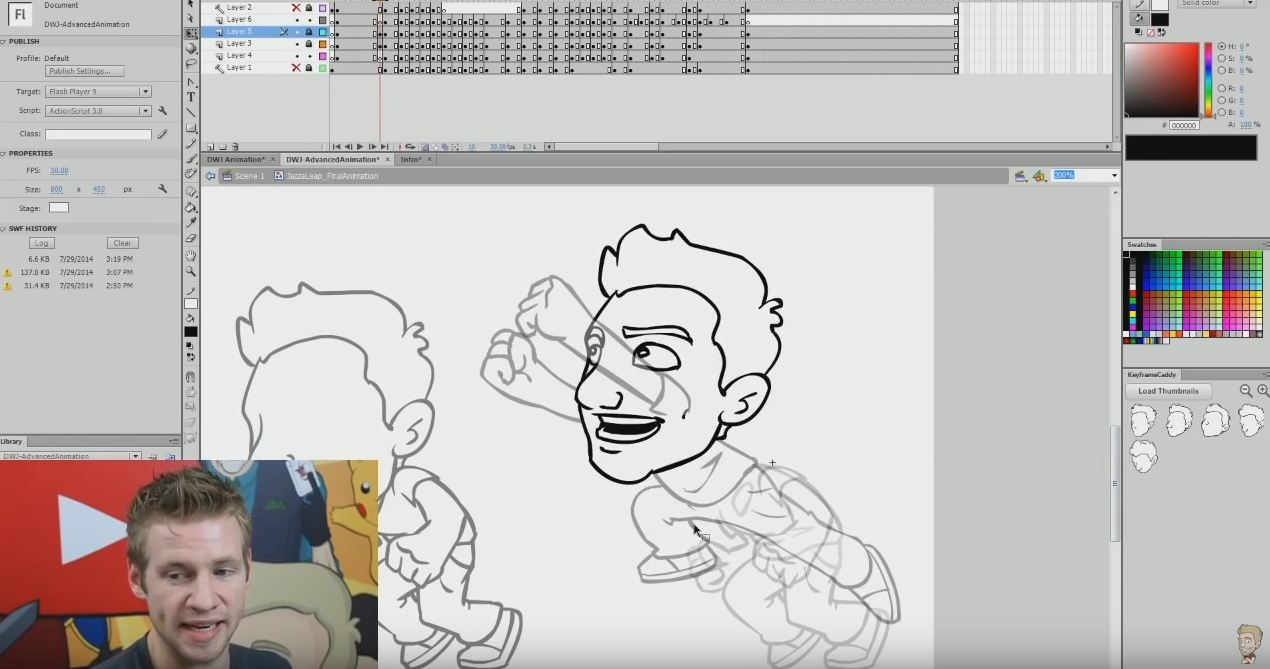
Flash Animation studio in pune
Flash Animation – Made Simple! Advanced Tutorial
#Flash animaiton
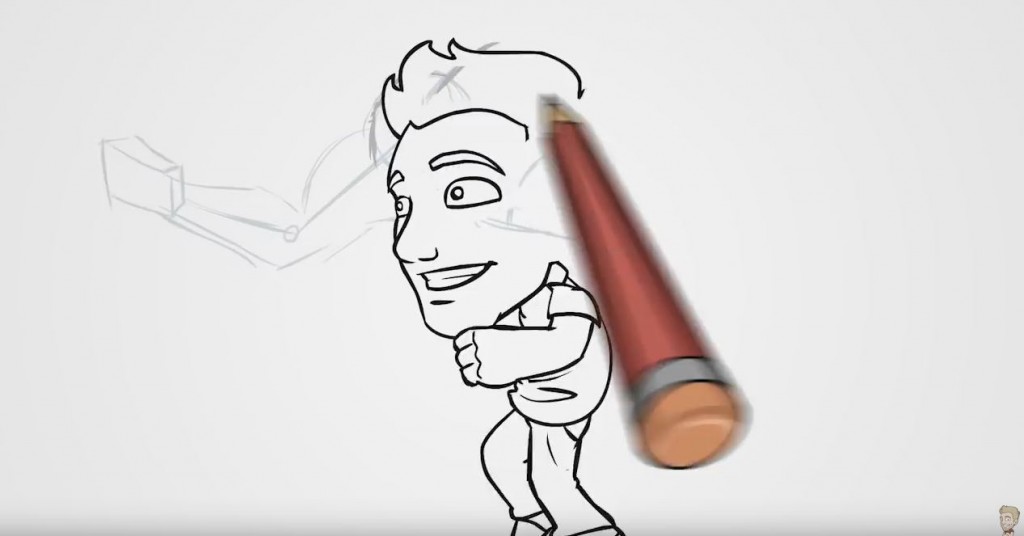
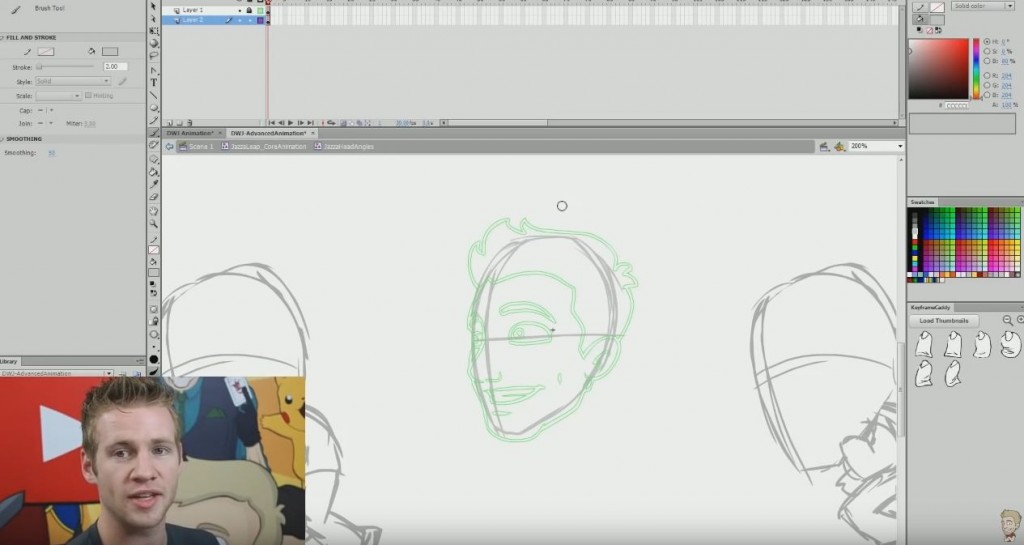
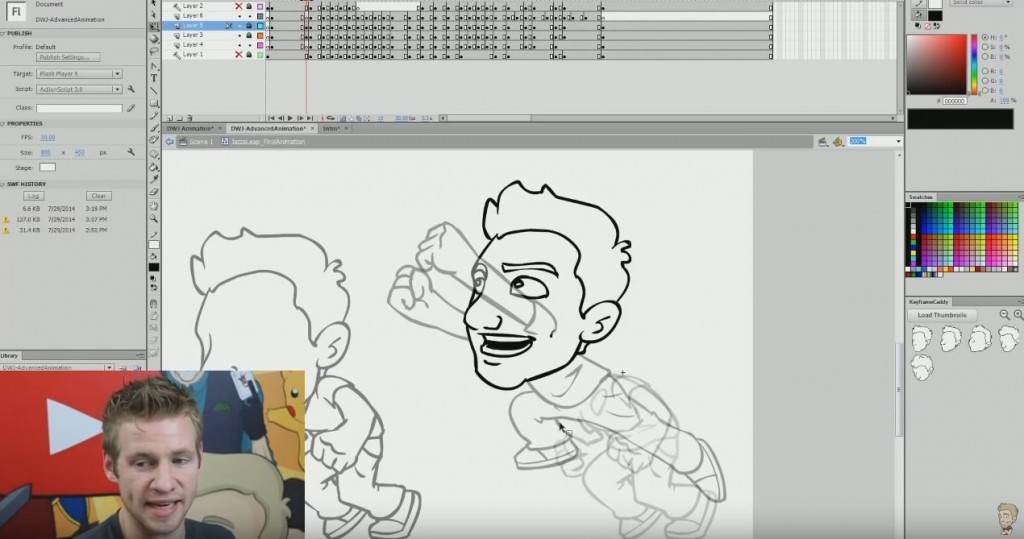
A Flash animation or Flash cartoon is an animated film which is created by Adobe Flash or similar animation software and often distributed in the SWF file format. The term Flash animation not only refers to the file format but to the medium in which the animation is produced. With dozens of Flash animated television series, countless more Flash animated television commercials, and award-winning online shorts in circulation, Flash animation is currently enjoying a renaissance.
In the late 1990s, when for most Internet users, bandwidth was still at 56 kbit/s, many Flash animation artists employed limited animation or cutout animation when creating projects intended for web distribution. This allowed artists to release shorts and interactive experiences well under 1 MB, which could stream both audio and high-end animation.
Flash is able to integrate bitmaps and other raster-based art, as well as video, though most Flash films are created using only vector-based drawings which often result in a somewhat clean graphic appearance. Some hallmarks of poorly produced Flash animation are jerky natural movements (seen in walk-cycles and gestures), auto-tweened character movements, lip-sync without interpolation, and abrupt changes from front to profile view.
Flash animations are typically distributed by way of the World Wide Web, in which case they are often referred to as Internet cartoons, online cartoons, or webtoons. Web Flash animations may be interactive and are often created in a series. Flash animation is distinguished from a Webcomic, which is a comic strip distributed via the Web, rather than an animated cartoon. Flash animation is now taught in schools throughout the UK and can be taken as a GCSE and A-level.
flash animation studio in Pune
To Know more visit www.svfx.in
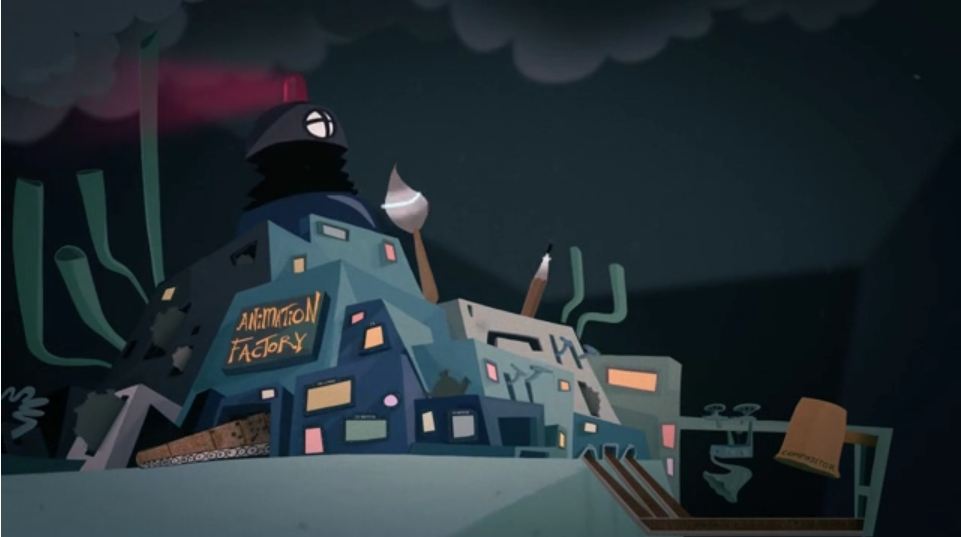
The story of animation
The Story of Animation from David Tart on Vimeo.
The Story
The film follows the journey of “You” (the main character), a 3rd-tier technical writer who dreams of one day being a product designer. Working after hours, he creates a fantastic new product. When he presents his product to his employers, they inform him that it’s up to him to create an advertising campaign for the product – an advertising campaign that must be animated. This poses a problem for “you” – he knows very little about animation, and is instantly filled with doubts, and thus his future hangs in the balance. This is where our friendly narrator steps in, to guide “you” through the process of making an animated film. Step by step, our hero’s anxiety and doubts are put to rest, and in the end, he is triumphant!
The Production
The Story of Animation came about as a solution to a problem: The Animation Workshop, an animation school in Viborg, Denmark, had been graduating a great number of incredibly qualified animators, animation producers, and CG artists over the past 10 years. These artists had been forming small companies and beginning to produce fantastic work. The problem was not with the studios, or the quality of work they were producing, but rather with the clients: Most of them seemed to believe that animation was a simple, uncomplicated process, and were often disappointed to learn that there were very specific stages in the animation process that required their participation (and finances). It’s almost as if they believed that creating animation was as simple as pitching an idea, and then sitting back while a couple of animators with pencil and paper goofed off, told jokes, and drank copious amounts of coffee until “wallah”! the animation was finished! Furthermore, they seemed to think that there would be no difference in cost between an animated film created in flash, 2D, stop motion, cut-out, motion graphics, or fully rendered Pixar-style 3D animation! At the time Morten Thorning, Director of the Animation Workshop approached me with the idea for the film, I was experiencing similar problems with a client in Copenhagen. In fact, I’d just spent several days creating a presentation about the benefits of using animation for an environmental messaging campaign. I was tasked with convincing a panel of scientists, sociologists, environmental activists, and architects how animation could be used to create positive, engaging, and entertaining content for environmental action messaging – no small feat!
The Team
After talking things over with Morten, it was decided that I would write and direct the project, which would be produced by Claus Toksvig of The Animation Hub, and animated at Tumblehead Studios. Tumblehead, led by Magnus Moller, did an amazing job on the film, assembling a team of character designers, animators, storyboard artists, and background artists (all graduates or current students of the Animation Workshop). Tumblehead saw the entire process through, from concept to post-production. The narrator was voiced by the awesome Richard Spiegel, and the sound design and score created by Mark Menza, whose many credits include sound designer and composer for “The Jimmy Neutron Show”. Additional support was provided by Thomas Ahlmark (a veteran of many Animation Workshop productions).
story of animation
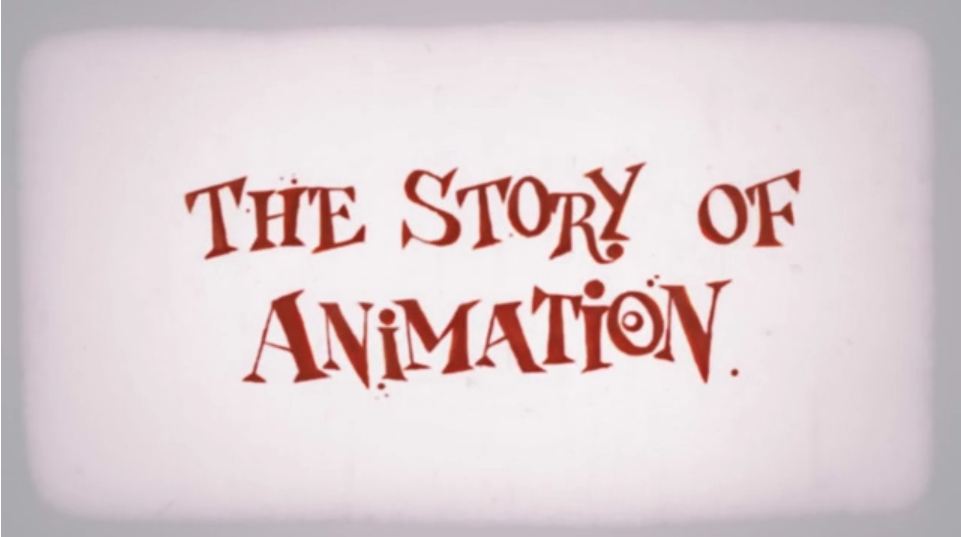
story of animation
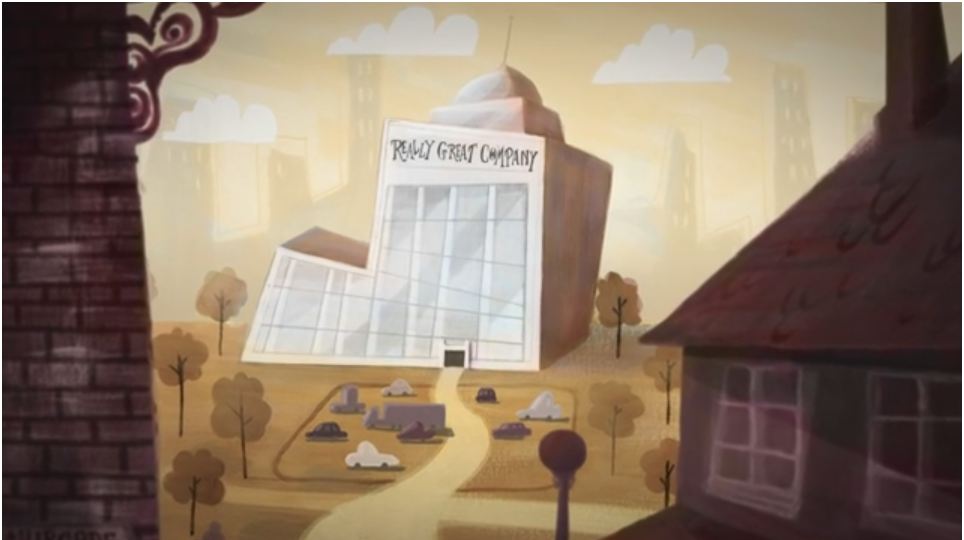
story of animation

